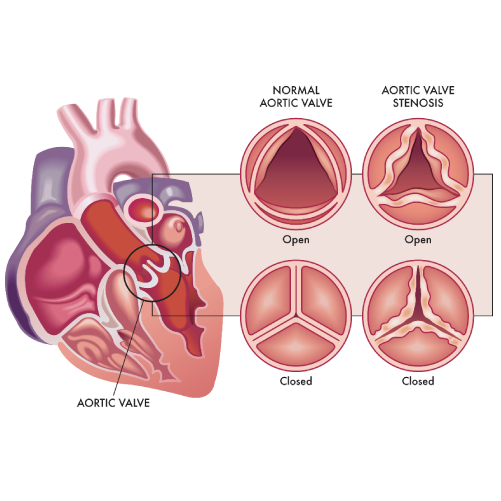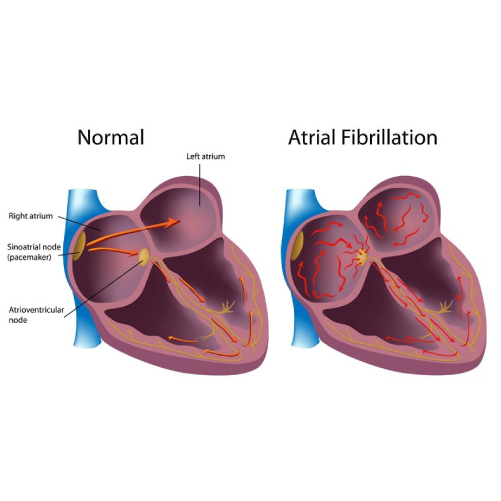Fistuloplasty Procedure
What is Fistuloplasty?
Fistuloplasty is a way of relieving a blockage in the arteriovenous fistula. This allows access to dialysis without having an operation. The blockage is opened up using a special device or ‘balloon’ therefore allowing more blood to flow through the fistula.
When would fistuloplasty recommended?


When you have the following symptoms, your doctor may recommend frenuloplasty:
- History or new onset of unusual chest pain
- Abnormal noninvasive cardiac stress test results
- Heart valve problems
- Blood vessel problems or chest injury
- Pulmonary embolism or blood clot
- Congenital cardiac disease
- History of cardiac diseases
- To evaluate stent after placement
What are the risks of fistuloplasty?
Fistuloplasty is a safe procedure but as with medical treatment there are some risks and complication
- A small bruise may develop around the puncture site, however, if this becomes unusually large and infected, you will require antibiotics.
- Damage to the artery by the catheter, balloon or device
- Sometimes it is not possible to manoeuvre the guidewire through the blockage, and occasionally despite inflating the balloon several times, the narrowing is so severe that it does not open as much as anticipated.
- If the fistuloplasty is unsuccessful an alternative x-ray procedure or surgery may be needed to relieve the blockage.
Understanding the Fistuloplasty Procedure
Before the procedure
- A detailed review of medical history, physical examination, blood investigation, an echocardiogram to estimate fitness for angioplasty would be performed
- Stop eating for 6 hours before the procedure but the patient can drink small amounts of clear fluid up to 2 hours before the procedure.
- All personal medicines of patient need to be brought to the hospital, as this is an opportunity to reconcile them.
- Plan to have someone beside you to take to home after the procedure
During the procedure:
- This is a sterile procedure however the technique used may vary but generally, you will lie on the x-ray table.
- The intravenous cannula will be inserted
- Electrodes will be placed over your chest to monitor for vitals during the procedure
- A mild sedative will be administered to make you drowsy but still alert.
- Local anaesthesia at the catheter insertion site to make the area numb.
- The radiologist will use the x-ray equipment to guide a fine plastic tube (catheter) into the artery or vein using a needle, guidewire and x-ray dye.
- As this x-ray dye (which is called contrast medium) passes around your body you may feel a warm sensation which some people find a little unpleasant. This soon passes and should not concern you.
- Using x-ray equipment, the radiologist will check that the catheter and guidewire are in the correct position – within the blocked fistula.
- The balloon is inflated and activates the device. Occasionally you may experience some discomfort, we will give you pain killers to help. This needs to do several times to allow the narrowed area to open up sufficiently to improve blood flow.
- Apply pressure over the puncture site for 10 minutes to prevent any bleeding.
After the procedure
- Patient will return toward or remain in the department for further assessment.
- Vitals (blood pressure, pulse etc) should be monitored.
- Infections and bleeding manifestations are checked at the procedure site
- It is very important to take plenty of liquids that keep you hydrated as well as wash off contrast from the body. Accumulation of the contrast leads to kidney damage
- Blood tests, Electrocardiogram(ECG), Echocardiogram will be done
- Patient is not allowed to drive for the next 24 hours
Our Specialities
- Conditions
Conditions
- Acute limb ischemia
- Chronic limb ischemia
- Aortic stenosis
- Mitral valve stenosis
- Mitral valve regurgitation
- Atrial fibrillation
- Tachycardia
- Bradycardia
- Palpitations
- High blood pressure
- Atrial septal defect
- Ventricular septal defect
- Patent ductus arteriosus
- Cardiac amyloidosis
- Hypertrophic cardiomyopathy
- Varicose veins
- Deep vein thrombosis (DVT)
- Myocarditis
- Endocarditis
- Pericarditis
- Peripheral arterial disease
- Pulmonary artery hypertension
- Pulmonary embolism
- Cath lab procedures:
Cath lab procedures:
- Coronary Angiogram
- Primary Angioplasty
- Coronary Angioplasty
- CHIP Angioplasty
- Aortic valve replacement surgery
- Mitral valve replacement surgery
- Device closure for Atrial septal defect
- Device closure for Ventricular septal defect
- Device closure for Patent Ductus Arteriosus
- Transcatheter aortic valve replacement (TAVR)
- Inferior vena cava (IVC) filter
- LA appendage closure
- Fistuloplasty
- Balloon mitral valvotomy
- 24 hours emergency services
24 hours emergency services
- Clinics- weekly basis/monthly basis/ Yearly basis
Clinics- weekly basis/monthly basis/ Yearly basis
- Prevention of cardiovascular diseases
Prevention of cardiovascular diseases
- Diagnosis
Diagnosis
BOOK AN APPOINTMENT

DR. RAGHU
MD, DM, FESC, FACC, FSCAI
Cardiology Coronary, Vascular and
Structural Interventions
Cardiology Coronary, Vascular and
Structural Interventions
Conditions & Diseases

Angioplasty

Aortic Stenosis

Atrial Fibrillation


